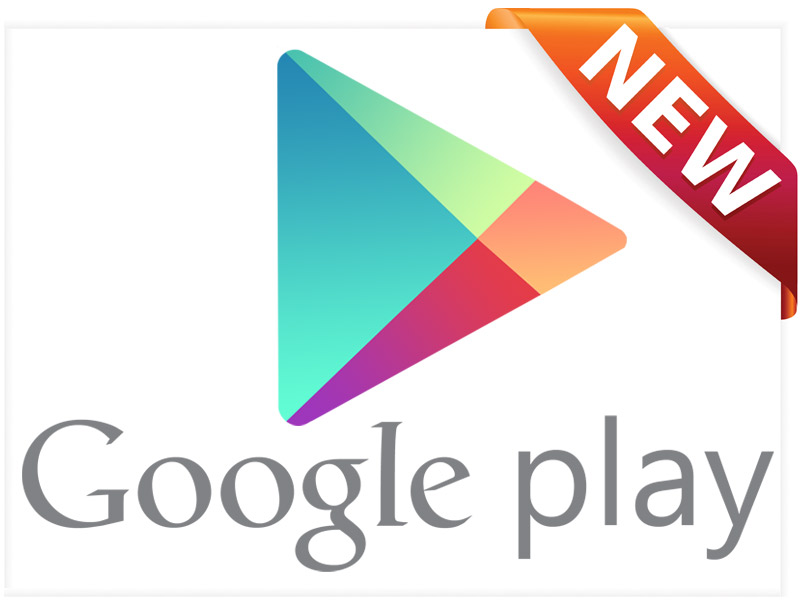
So, I've mentioned this on gawd knows how many forums, but it never seems to stick: You can literally add any Google product as a pseudo-"native" app on Windows 10 since the latest chrome updates (pretty sure it works on normal Chrome now).ġ) Open your favorite google product in browserĢ) In the side menu, select 'Create Shortcut' you will now have an (sometimes fugly) icon on your desktop (delete it) AND in a fancy new folder in the apps section of the Start Menu (it'll say Chrome Apps)ģ) In Chrome, select the Apps icon in the top left of the browser (You must have normal settingsenabled)Ĥ) Right click on the shortcut (it auto-populates in your Chrome 'Apps' page in the standard theme) select 'Open as Window''t In addition to browsing the web, it can expand into many other services through extensions and Chrome apps.ĭownload Google Chrome Summing up the Google experience on Windows 10 It doesn't have some of the features that Dropbox and OneDrive have worked into their Windows 10 programs but it gets the job done and is great for anyone who uses Google Drive.Ĭhrome dominates the browser space on PCs. It works very well and makes backing up your photos, documents, and other content easy. There are many cloud storage options on Windows 10 and you can download Google Drive's Backup and Sync program to bring Google Drive into your File Explorer. To use the Google Maps PWA just go to ?force=pwa Google Drive This is a key feature for Google Maps that's omission cripples the service quite a bit. Google is converting more services over to PWAs, which is great, but Google Maps can't track your location in the PWA version. There are plenty of other options when it comes to using Google services on Windows 10, though some of them fall short compared to other apps.

See Android Messages in Google Play (opens in new tab) Honorary mentions Regardless of what you're using on your Windows 10 device, you'll have to use the free Android Messages app on your Android phone. There are a few different options to use Android Messages on your Windows 10 device.

You can then view and send messages directly through your PC.

To set it up you scan a QR code through your phone. Android Messages allows you to sync SMS messages from your phone to your PC.


 0 kommentar(er)
0 kommentar(er)
